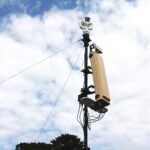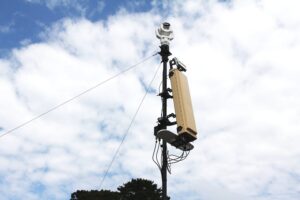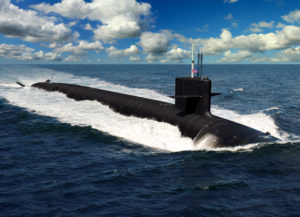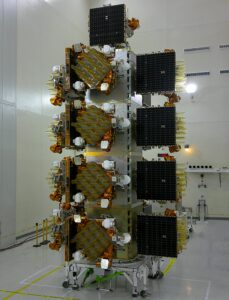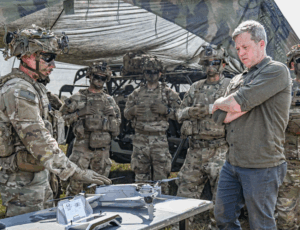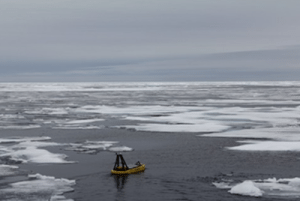
The Coast Guard is evaluating several types of unmanned systems during this summer’s annual Arctic Technology Evaluation aboard the medium icebreaker Healy, including surface, subsurface and aircraft systems.The testing is being done by officials from the Coast Guard’s Research and Development Center aboard the Healy, and also includes technology for oil spills, low visibility imaging, buoy deployment, 3-D printing, and diving operations.“Now more than ever, Arctic research is critical to positioning the Coast Guard for long-term success in the region,”…

 By
By 